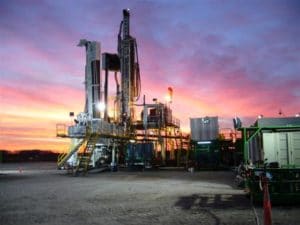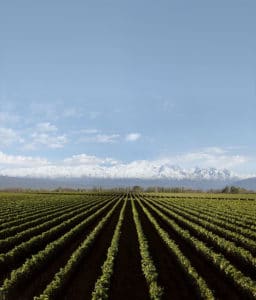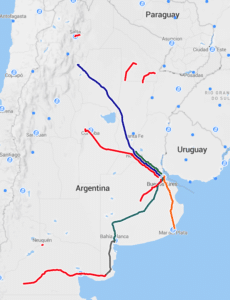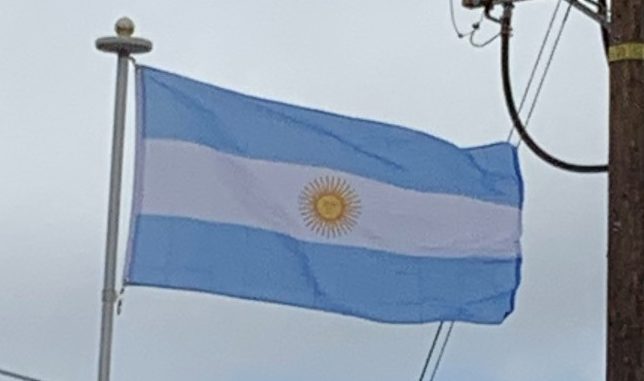
High inflation—a weakness of the Argentine economy for decades—has become a trouble once again, with an annual rate of 24.8% in 2017. Income distribution, having improved since 2002, is classified as “medium”, still considerably unequal.
Argentina ranks 85th out of 180 countries in the Transparency International‘s 2017 Corruption Perceptions Index, an improvement of 22 positions over its 2014 rankings. Argentina settled its long-standing debt default crisis in 2016 with the so-called Vulture funds after the election of Mauricio Macri, allowing Argentina to enter capital markets for the first time in a decade.
Industry:
In 2012 manufacturing accounted for 20.3% of GDP—the largest goods-producing sector in the nation’s economy. Well-integrated into Argentine agriculture, half of the industrial exports have rural origin.
With a 6.5% production growth rate in 2011, the diversified manufacturing sector rests on a steadily growing network of industrial parks (314 as of 2013).
In 2012 the leading sectors by volume were: food processing, beverages and tobacco products; motor vehicles and auto parts; textiles and leather; refinery products and biodiesel; chemicals and pharmaceuticals; steel, aluminum and iron; industrial and farm machinery; home appliances and furniture; plastics and tires; glass and cement; and recording and print media.[192] In addition, Argentina has since long been one of the top five wine-producing countries in the world. However, it has also been classified as one of the 74 countries where instances of child labor and forced labor have been observed and mentioned in a 2014 report published by the Bureau of International Labor Affairs. The ILAB’s List of Goods Produced by Child Labor or Forced Labor shows that many of the goods produced by child labor or forced labor comes from the agricultural sector.

Córdoba is Argentina’s major industrial center, hosting metalworking, motor vehicle and auto parts manufactures. Next in importance are the Greater Buenos Aires area (food processing, metallurgy, motor vehicles and auto parts, chemicals and petrochemicals, consumer durables, textiles and printing); Rosario (food processing, metallurgy, farm machinery, oil refining, chemicals, and tanning); San Miguel de Tucumán (sugar refining); San Lorenzo (chemicals and pharmaceuticals); San Nicolás de los Arroyos (steel milling and metallurgy); and Ushuaia and Bahía Blanca (oil refining). Other manufacturing enterprises are located in the provinces of Santa Fe (zinc and copper smelting, and flour milling); Mendoza and Neuquén (wineries and fruit processing); Chaco (textiles and sawmills); and Santa Cruz, Salta and Chubut (oil refining).
Transportation:
Rail:
Argentina has the largest railway system in Latin America, with 22,970 miles of operating lines in 2008, out of a full network of almost 29,826 miles. This system links all 23 provinces plus Buenos Aires City, and connects with all neighboring countries. The system has been in decline since the 1940s: regularly running up large budgetary deficits, by 1991 it was transporting 1,400 times less goods than it did in 1973.

However, in recent years the system has experienced a greater degree of investment from the state, in both commuter rail lines and long distance lines, renewing rolling stock and infrastructure. In April 2015, by overwhelming majority the Argentine Senate passed a law which re-created Ferrocarriles Argentinos (2015), effectively re-nationalising the country’s railways, a move which saw support from all major political parties on both sides of the political spectrum.
